As new tariffs hit, US, China seek to avert more economic damage
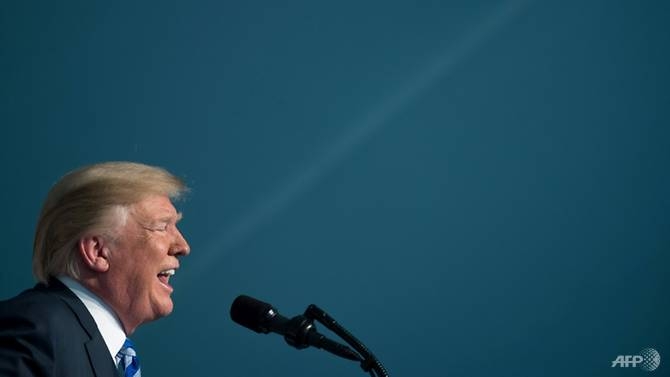 |
| US President Donald Trump has been unapologetic about his aggressive, multi-front trade confrontations, despite warnings of harm to American businesses and consumers. (Photo: AFP/Saul Loeb) |
Adding to the US$34 billion targeted in July, that brings the total two-way trade weighed down by the steep tariffs to US$100 billion, and the United States currently is considering hitting another US$200 billion - which Trump indicated could come very soon.
"We've put a US$50 billion number out there. Now, the total number is US$250 billion," Trump said at the White House. "And there's a 25-per cent tax on that, now, coming in ... Some of it starts in a week."
Washington is accepting public comments on the US$200 billion tariff tranche until Sep 6 but they could take effect soon after.
That is on top of US tariffs on Chinese appliances and solar panels, as well as steel and aluminium from around the world - a total of 10,000 products.
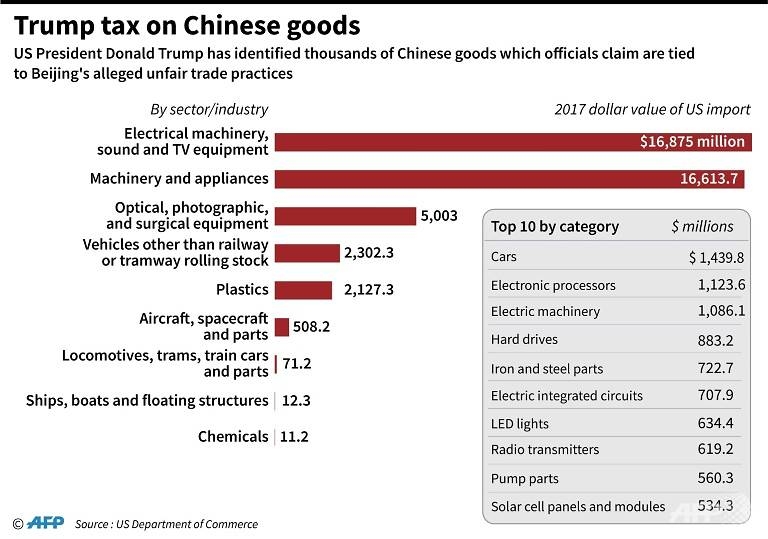 |
| Chart showing the 2017 value of sectors that will be hit by President Donald Trump's tariffs on Chinese goods, with the second round taking effect on Thursday. (Graphic: AFP/John Saeki) |
Trump has been unapologetic, insisting that his tough tactics will work, even as American businesses and the Federal Reserve warn of the harm already felt in the economy.
Meanwhile, negotiators are continuing talks in Washington with Chinese and Mexican trade officials to try to find a solution.
SIGNS OF PROGRESS?
US Treasury's David Malpass, undersecretary for international affairs, is leading two days of talks with China's Vice Commerce Minister Wang Shouwen and Vice Finance Minister Liao Min that began Wednesday.
Treasury has not specified what topics are being discussed.
In Beijing, China's foreign ministry spokesman Lu Kang said, "We hope the US can make concerted efforts ... to earnestly seek good results."
While the talks, the first since June, have cheered Wall Street and fuelled optimism the countries can step back from the escalating trade war, observers note that real progress is unlikely until high ranking officials get involved.
US businesses have become increasingly concerned about the exchange of tariffs, which are raising prices for manufacturers and hurting US consumers and farmers.
S&P Global Ratings on Thursday downgraded motorcycle maker Harley Davidson's debt rating, citing retaliatory European tariffs among other "headwinds" facing the company.
Federal Reserve officials warn escalating trade disputes are "a potentially consequential downside risk" for the economy, possibly fueling inflation and impeding investment.
China's Commerce Ministry said Thursday the country "firmly opposes the tariffs and has no choice but to continue to make the necessary counter-attacks."
US Commerce Secretary Wilbur Ross said China would not be able to continue to retaliate at the same pace as the United States, since "we have many more bullets than they do."
However, Beijing also could target the local operations of US corporations with inspections and boycotts as it has done in past disputes with South Korea and Japan.
Industry continued Thursday to press its opposition to the White House on trade.
In remarks prepared for delivery Thursday afternoon at hearings being held by the US Trade Representative, National Retail Federation Vice President Jonathan Gold portrayed Trump's tariffs as a dire threat.
"These tariffs threaten to increase costs for American families and destroy the livelihoods of US workers," he said.
GOOD NEWS ON NAFTA?
Negotiations on revising the nearly 25-year-old North American Free Trade agreement appear on a more positive track as officials have signaled a partial accord between the United States and Mexico could be reached as soon as Thursday.
That would open the way for Canada to rejoin the talks and finalize a revamped NAFTA deal by the end of the year.
But amid a report the White House was planning to announce a "handshake deal," Mexico's Economy Minister Ildefonso Guajardo told reporters as he arrived for talks on Thursday that it was "better to have a good agreement than a fast agreement."
Guajardo in recent weeks had played up the progress made but also cautioned that the hardest issues were still on the table, including the US demand for a five-year "sunset clause," which would oblige the three countries to renew the pact.
"There's been no indication of flexibility from the US on this issue," a senior Canadian official told AFP.
Canada's absence from the talks in recent weeks also has concerned observers but Gutierrez said he thought the United States also had a strong incentive to reach a rapid agreement before the November congressional elections.
"I don't think President Trump wants (to go into) the midterms with a cloud hanging over NAFTA," Gutierrez said.
"There's a better story in having China be the foil than having a NAFTA cloud hanging over all his constituents."
What the stars mean:
★ Poor ★ ★ Promising ★★★ Good ★★★★ Very good ★★★★★ Exceptional
Related Contents
Latest News
More News
- Thailand seeks to promote digital training (November 04, 2024 | 16:14)
- Indonesia attracts foreign investment in technology sector (November 04, 2024 | 16:08)
- Tropical storm Trami leaves at least 24 people dead in Philippines (October 24, 2024 | 17:36)
- Singapore grants conditional approval for solar power import from Australia (October 24, 2024 | 17:27)
- ASEAN digital economy set to reach $2 trillion by 2030 (October 22, 2024 | 15:08)
- Thailand asks Laos to waive visa fee at border checkpoints to boost tourism (October 21, 2024 | 17:23)
- Laos pledges to continue efforts to empower girls (October 21, 2024 | 17:17)
- Chinese electric vehicle maker to build plant in Indonesia (October 21, 2024 | 17:12)
- Vietnam Elevator Association introduces Elevator Safety Application to the world (October 18, 2024 | 09:00)
- A taste of the future - the go-to spot at the Worldchefs Congress & Expo 2024 (October 15, 2024 | 16:11)




 Tag:
Tag: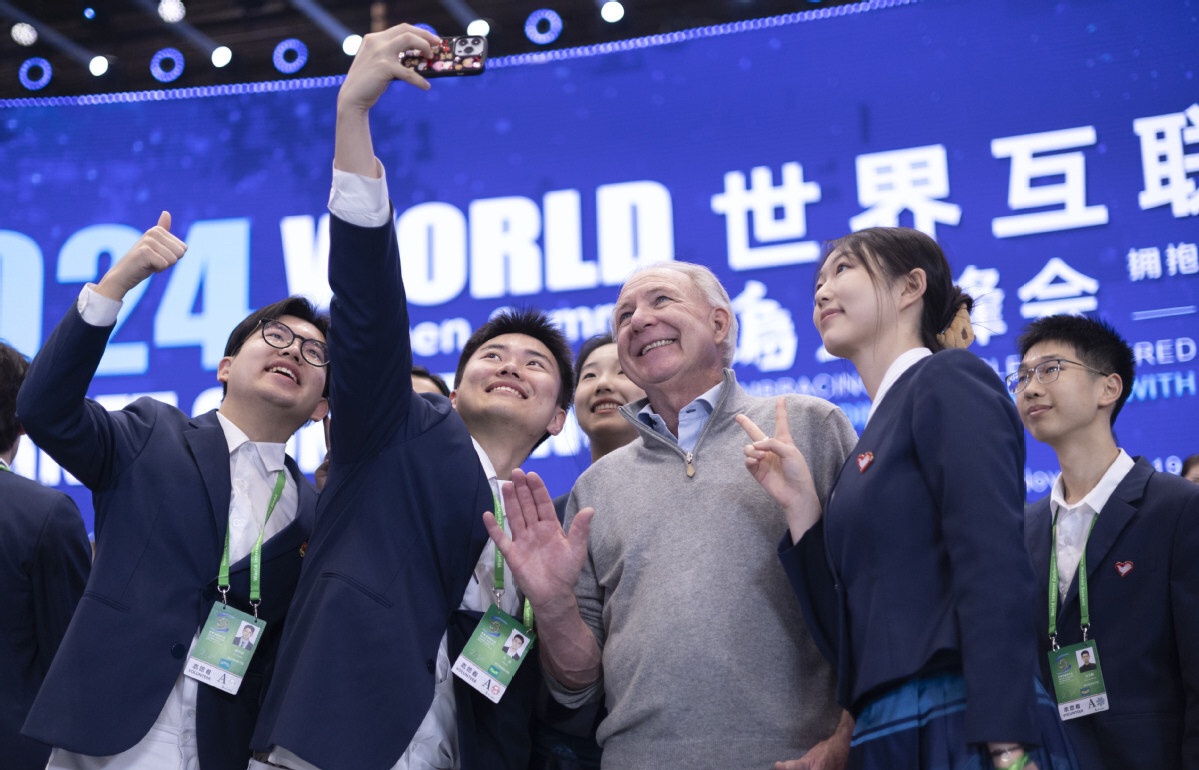


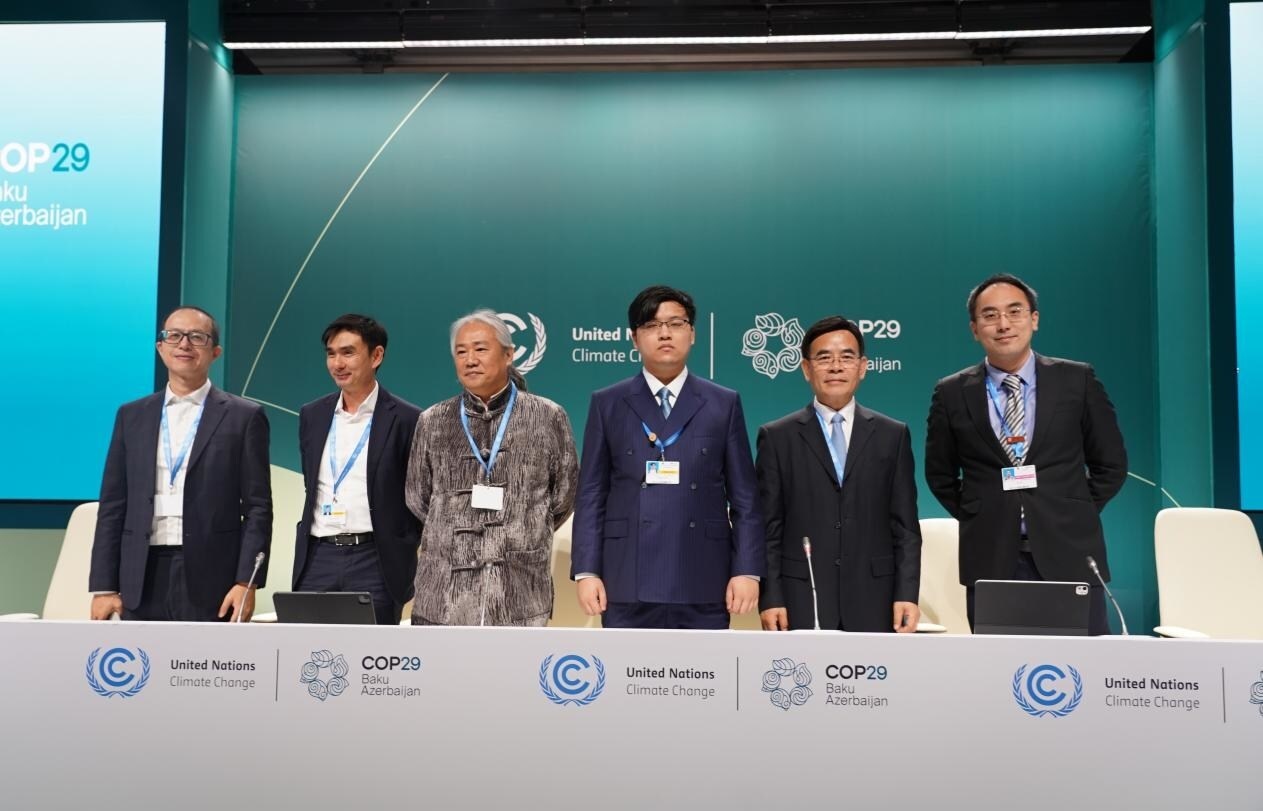


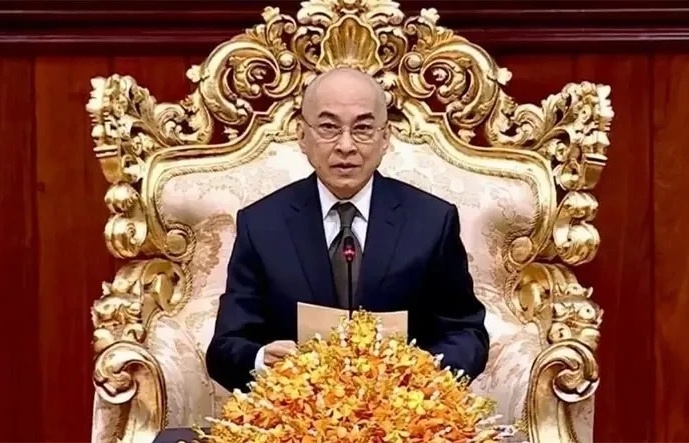
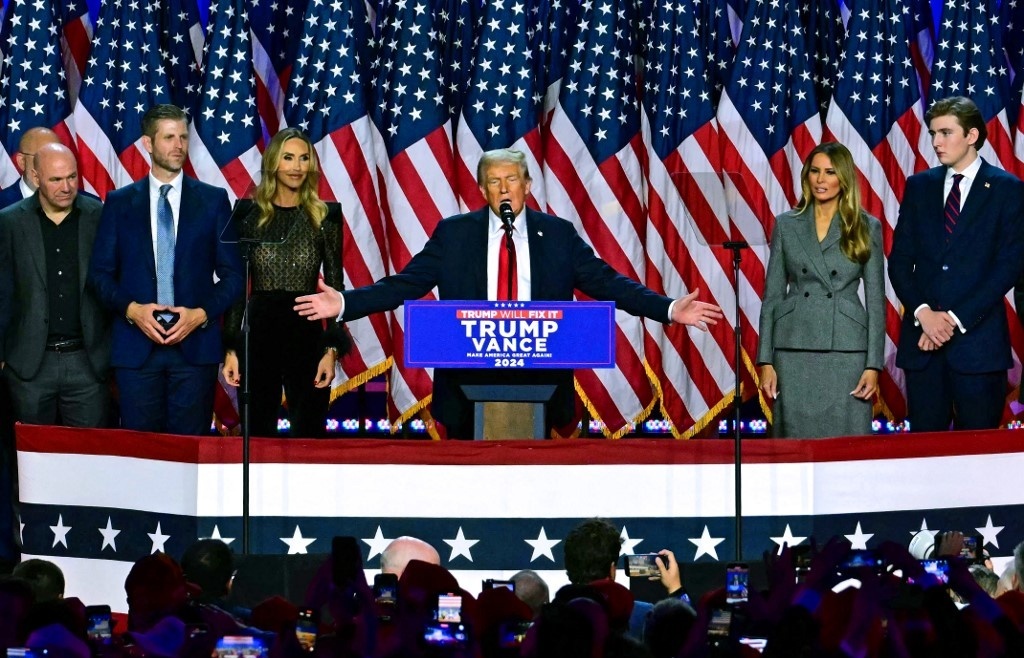
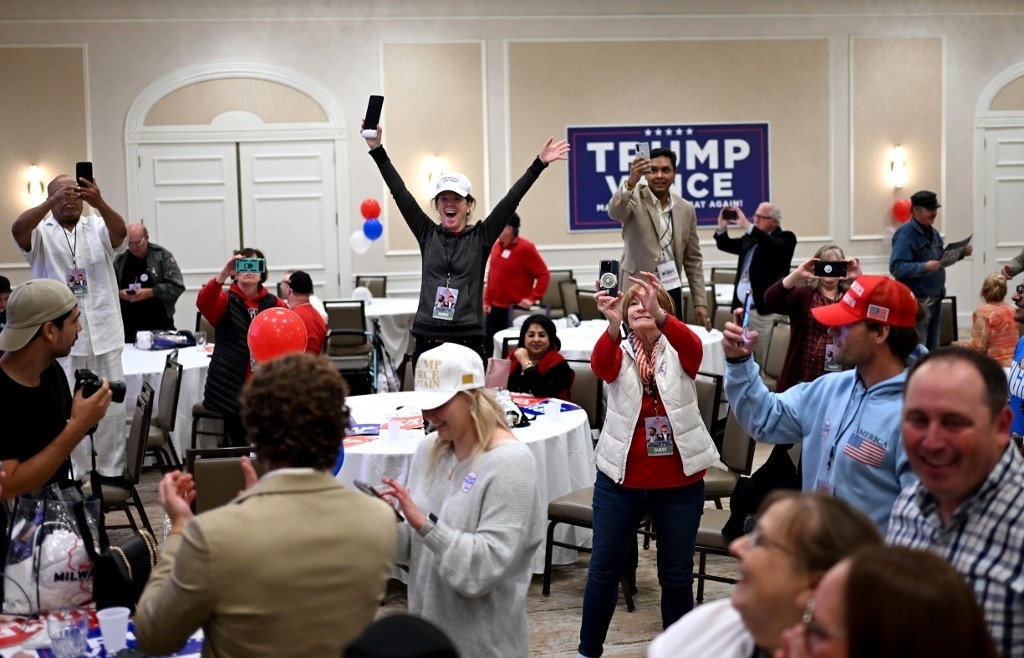
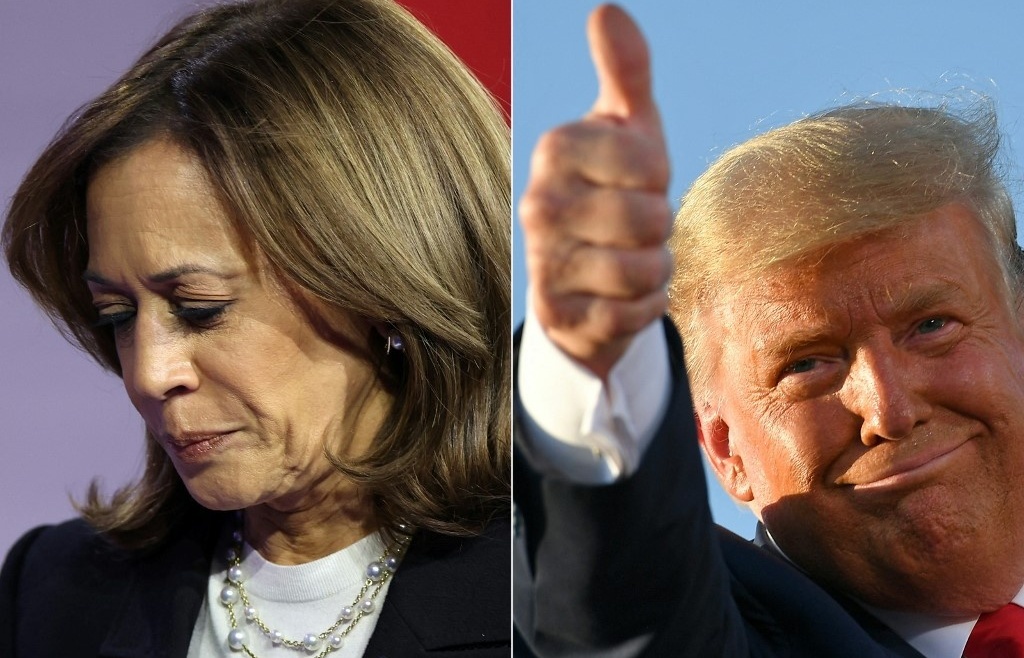






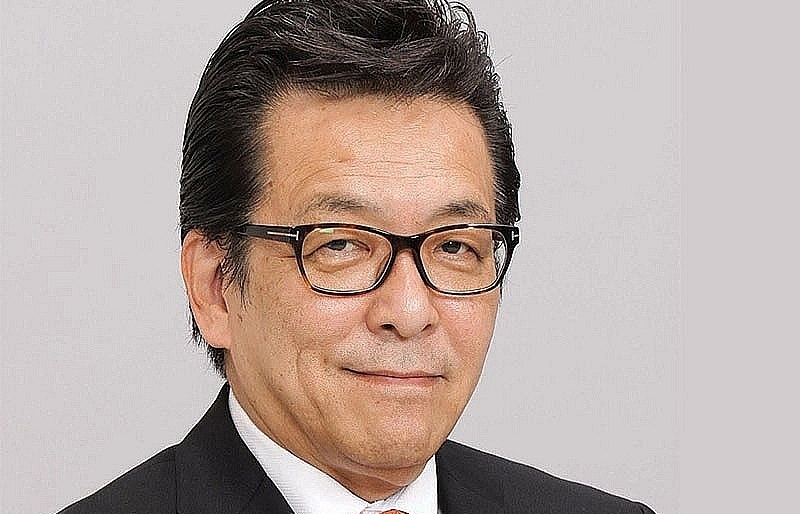




 Mobile Version
Mobile Version